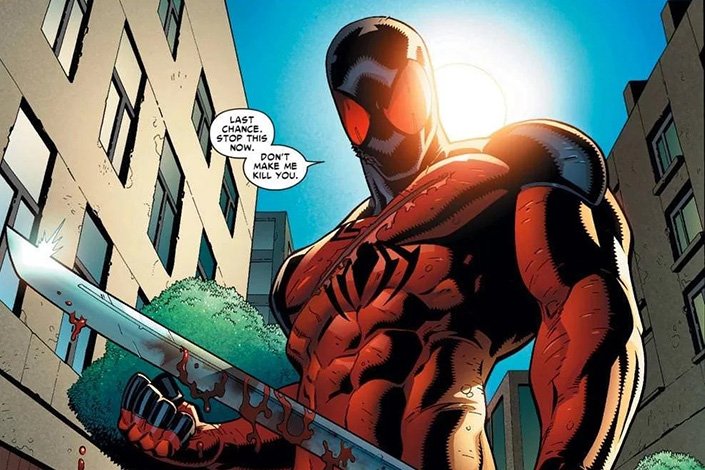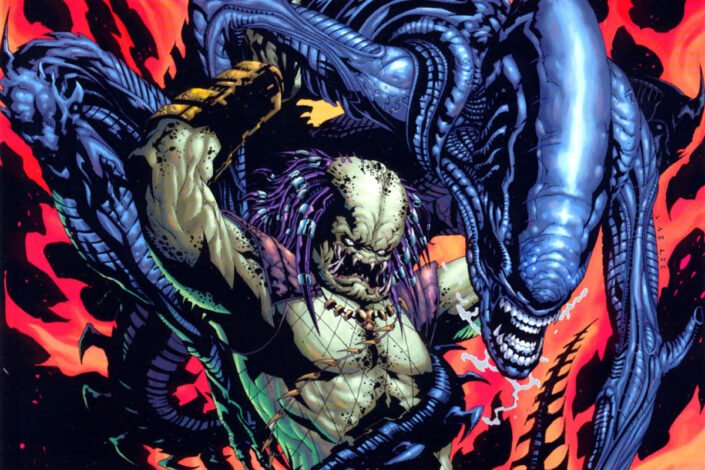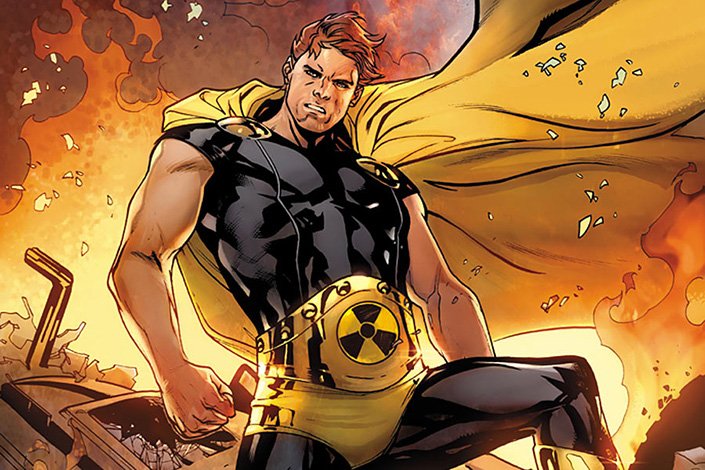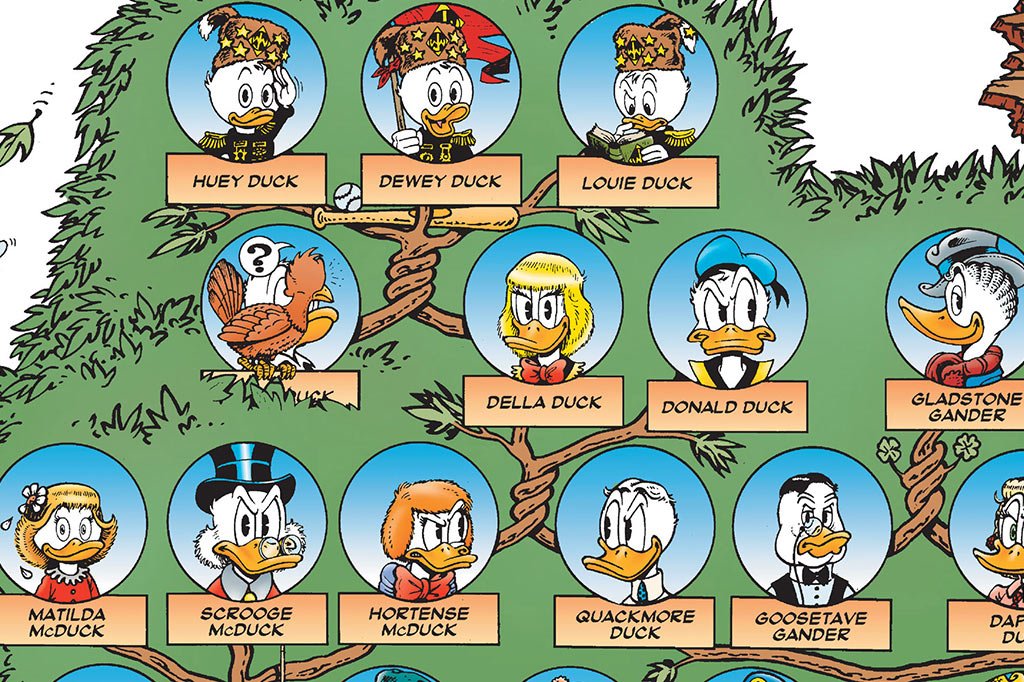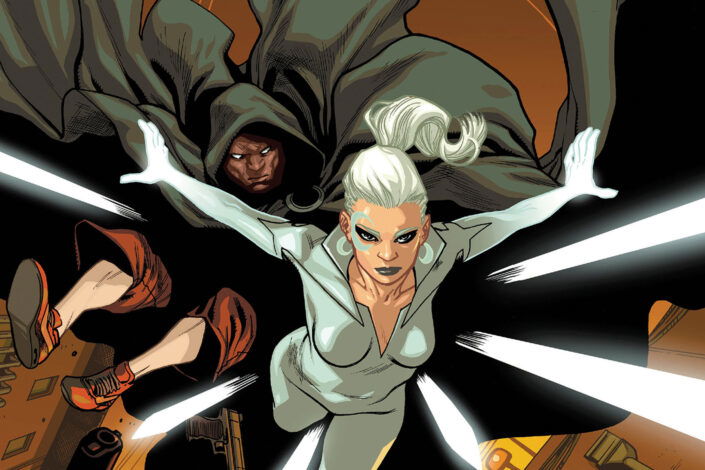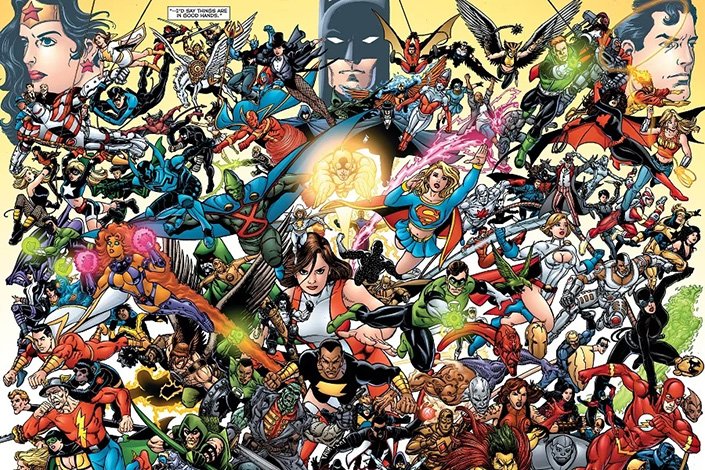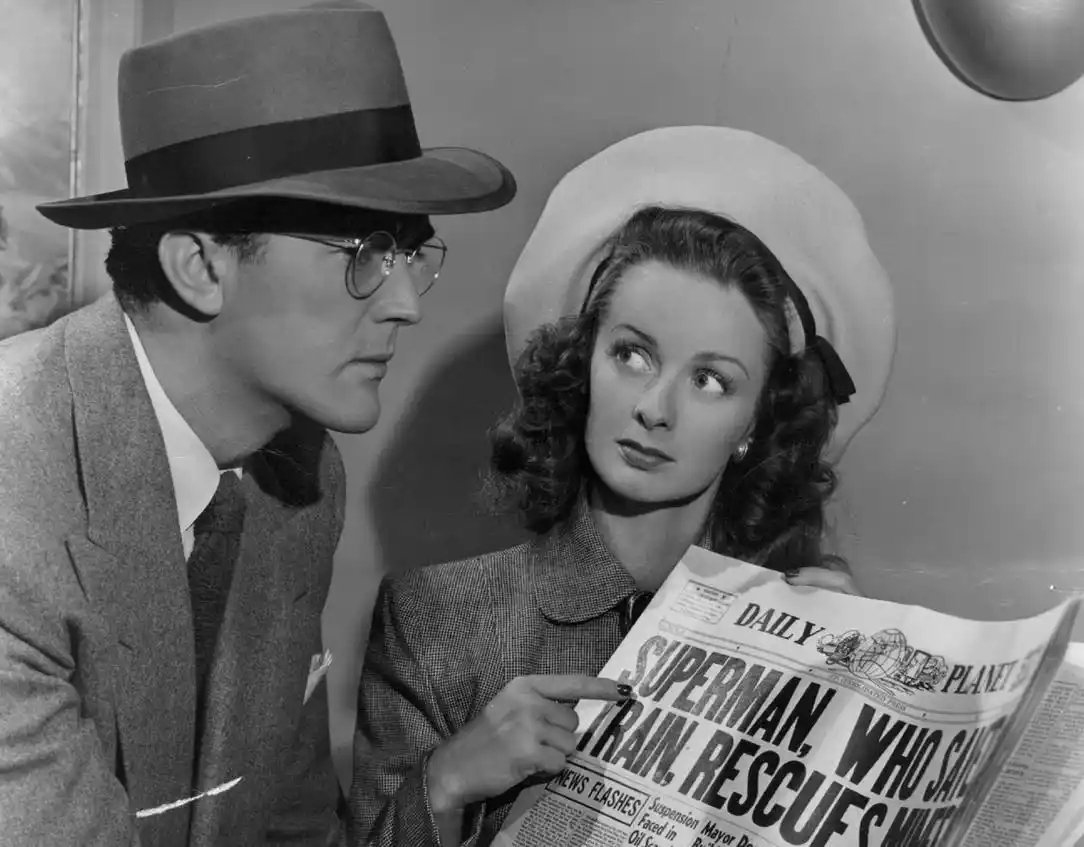The Hulk Family Tree: Who’s Who? From the Banners to the Walters
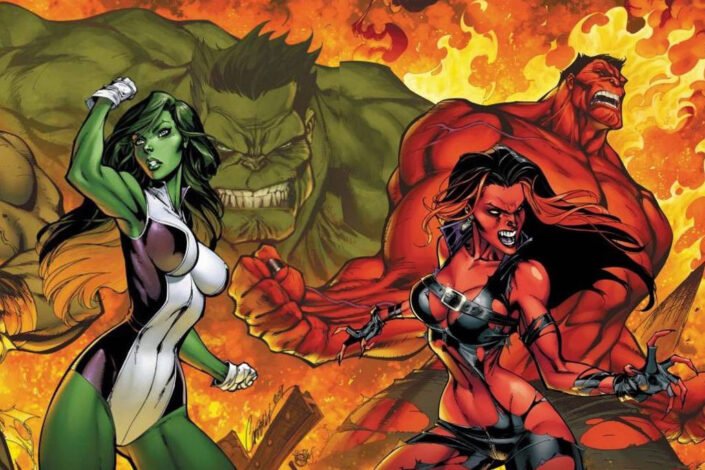
If you are a reader of Marvel’s Hulk’s Adventures, you may already be familiar with the fact that Bruce Banner has family issues and not just with his abusive father. His extended family is not always on good terms with him—even his own multiple personalities can’t seem to tolerate each other. It’s complicated.
Dr. Robert Bruce Banner was introduced in Incredible Hulk #1 in 1962—and you can read a lot more about his origins in the article dedicated to his creation. Since then, his family has grown, he made new friends, and a lot of monsters appeared, some were totally normal family members and acquaintances at first, which can complicate things even further.
Anyway, after more than 60 years of smashing, Hulk’s family evolved and, today, we are taking a look at it, exploring Bruce Banner, Jennifer Walters, and others, plus their green (or red) monstrous alter egos.
Read More »The Hulk Family Tree: Who’s Who? From the Banners to the Walters
